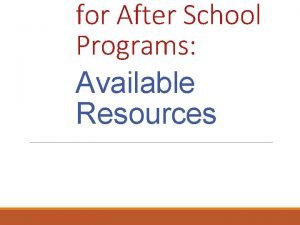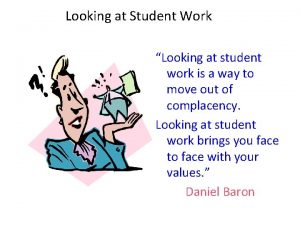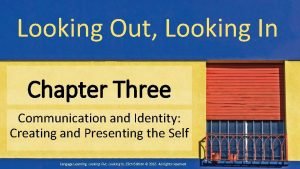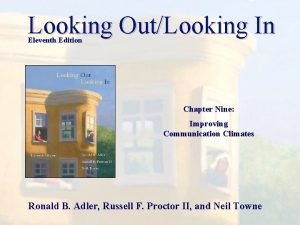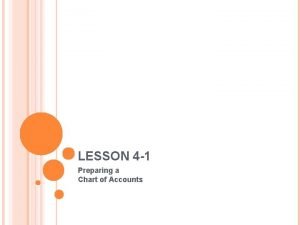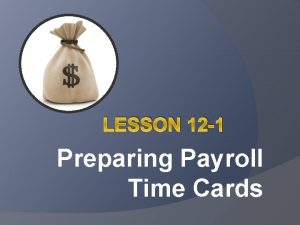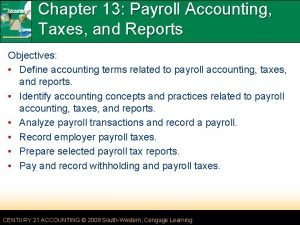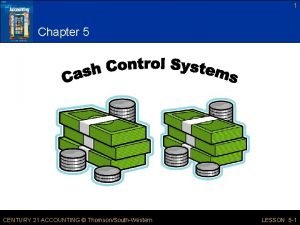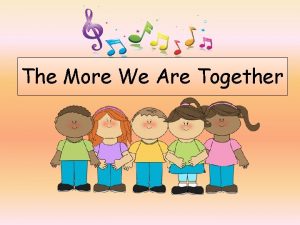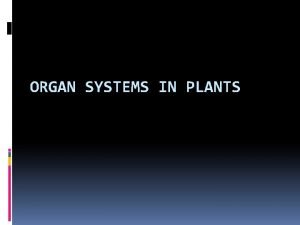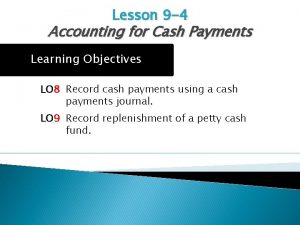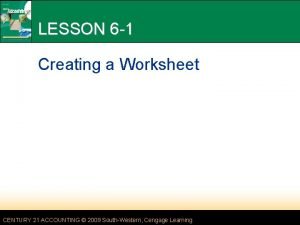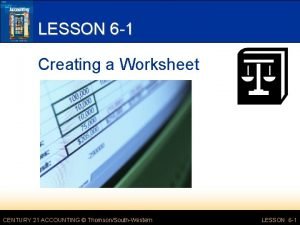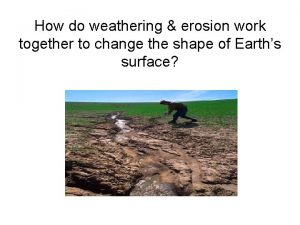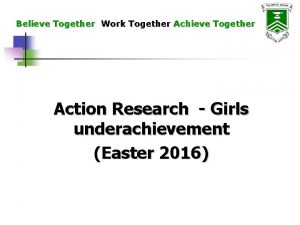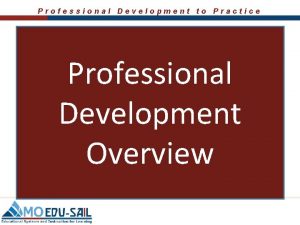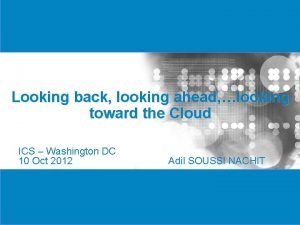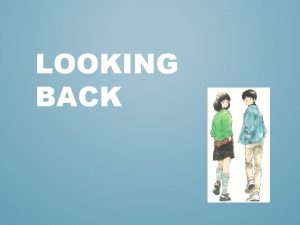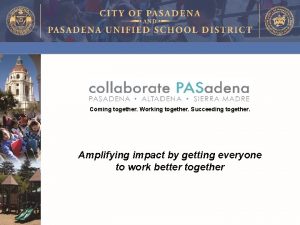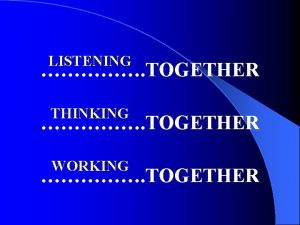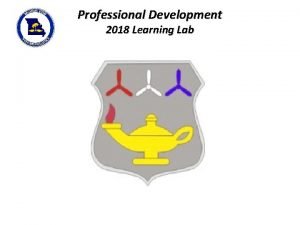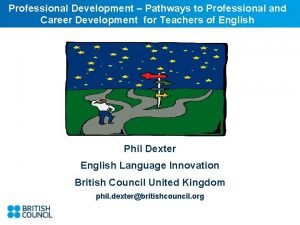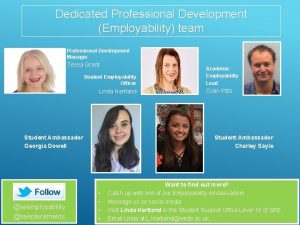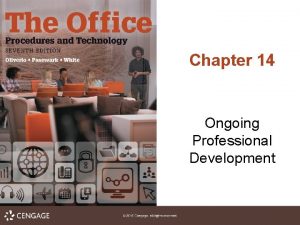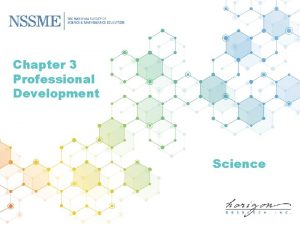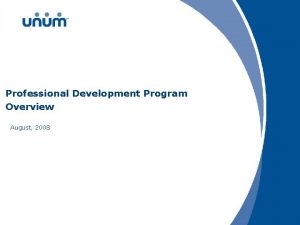AFTERSCHOOL PROFESSIONAL DEVELOPMENT LOOKING TOGETHER AT STUDENT WORK

















- Slides: 17

AFTERSCHOOL PROFESSIONAL DEVELOPMENT LOOKING TOGETHER AT STUDENT WORK 1

2 AGENDA q OVERVIEW q COLLABORATION q IMPORTANCE AND BENEFITS OF LOOKING COLLABORATIVELY AT STUDENT WORK q HOW WE KNOW WHAT STUDENTS KNOW, UNDERSTAND ARE ABLE TO DO q EXAMINING STUDENT WORK: WHAT IS IT? q. HOW DO WE LOOK AT STUDENT WORK? q WHY DO WE LOOK AT STUDENT WORK? q GUIDELINES FOR LEARNING FROM STUDENT WORK q LOOKING AT STUDENT WORK SAMPLES q DISCUSSION / SHARING

OVERVIEW One of our goals as a school is to work in collaboration to improve student performance. Over the next few weeks, we are going to learn about how to look at student work in a different way. The reason of looking at student work is to identify any problems that a student may have in a particular area and come up with ideas about how to help that student, or to identify any progress made by a particular student. We are going to use the book “Looking Together at Student Work” by Tine Blythe and David Allen in our sessions. We will be using other resources as well. It is very important to identify the type of student work that will be discussed collaboratively. These will be addressed in our PD sessions at the appropriate time.

4 COLLABORATION

TWO IMPORTANT QUESTIONS… 5 Why is examining student work important for all educators? What are the benefits of looking collaboratively at student work?

6 HOW WE KNOW WHAT STUDENTS KNOW , UNDERSTAND , AND ARE ABLE TO DO Asking Students Directly How We Know What Students Know, Understand, and Are Able to Do Testing

7 EXAMINING STUDENT WORK : WHAT IS IT ? Involves a group of educators committed to improving their practice and improving curriculum, instruction, assessment, and the learning environment for students. Requires bringing real student work to the group to be examined. Uses a formal process for examining that work. Requires follow-up after student work is examined so that the resulting knowledge is not lost.

8 S OME G UIDELINESFOR L EARNING FROM S TUDENT W ORK When looking for evidence of student thinking: §Stay focused on the evidence that is present in the work. §Avoid judging what you see. §Look openly and broadly; don't let your expectations cloud your vision. §Look for patterns in the evidence that provide clues to how and what the student was thinking.

9 When listening to your colleagues' thinking: §Listen without judging. §Tune in to differences in perspective. §Use controversy as an opportunity to explore and understand each other's perspectives. §Focus on understanding where different interpretations come from. §Make your own thinking clear to others. §Be patient and persistent.

10 When reflecting on your thinking: §Ask yourself, "Why do I see this student work in this way? What does this tell me about what is important to me? " §Look for patterns in your own thinking. §Tune in to the questions that the student work and your colleagues’ comments raise for you. §Compare what you see and what you think about the student work with what you do in the classroom

11 When you reflect on the process of looking at student work, ask: §What did you see in this student's work that was interesting or surprising? §What did you learn about how this student thinks and learns? §What about the process helped you see and learn these things? §What did you learn from listening to your colleagues that was interesting or surprising?

12 §What new perspectives did your colleagues provide? §How can you make use of your colleagues’ perspectives? §What questions about teaching and assessment did looking at this student's work raise for you? §How can you pursue these questions further? §Are there things you would like to try in your classroom as a result of looking at the student's work?

13 L OOKING AT S TUDENT W ORK: O BSERVATIONAND C OLLABORATION • Look at student work samples with a partner and discuss: üWhat skills, knowledge, and understandings do the students demonstrate? üWhat is the evidence?



16 T ABLE T ALK v. What are the patterns or trends across the samples? v. What are the misunderstandings and understandings? v. What implications for instruction and curriculum do these misunderstandings suggest?

17 WE FACED THE STORMY WATERS BUT NEVER LEFT THE SHORE. . . TIFFANY JONES
 Waaweb
Waaweb Tuning protocol worksheet
Tuning protocol worksheet Looking at student work
Looking at student work Looking out, looking in summary
Looking out, looking in summary Looking out looking in chapter 9
Looking out looking in chapter 9 Vragen
Vragen How the sun moon and earth work together
How the sun moon and earth work together 4-2 on your own p. 108 answers
4-2 on your own p. 108 answers Study guide 12 part two analyzing payroll procedures
Study guide 12 part two analyzing payroll procedures 1. 13-1 work together, p. 381
1. 13-1 work together, p. 381 Circulatory system and respiratory system work together
Circulatory system and respiratory system work together 1. 5-1 work together, p. 128
1. 5-1 work together, p. 128 The more we work together the happier we'll be
The more we work together the happier we'll be A group of organs working together
A group of organs working together 9-4 accounting answers
9-4 accounting answers 1. 6-1 work together, p. 162
1. 6-1 work together, p. 162 6-1 work together p. 162 answers
6-1 work together p. 162 answers What happens when weathering and erosion work together?
What happens when weathering and erosion work together?
